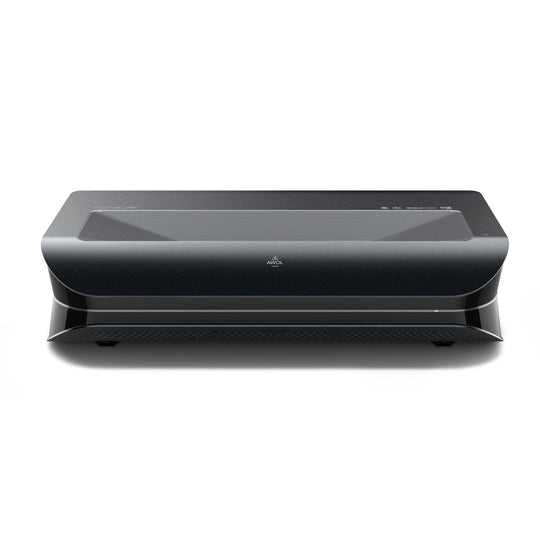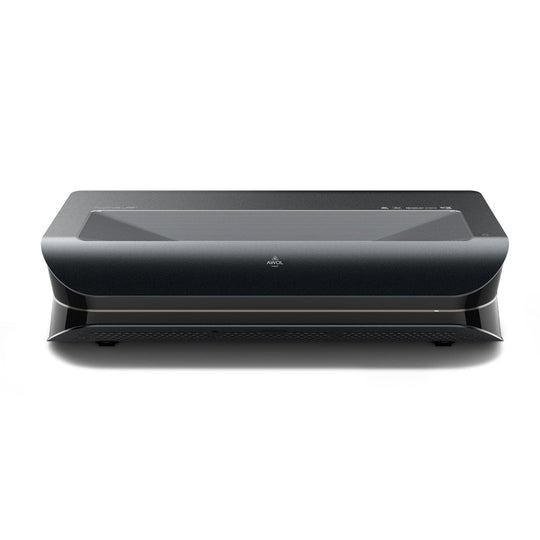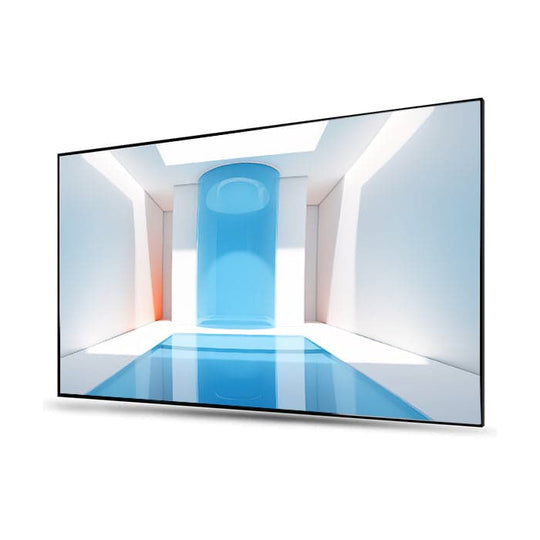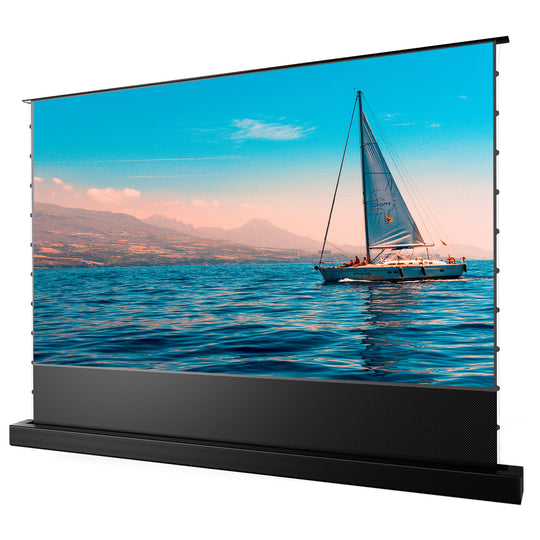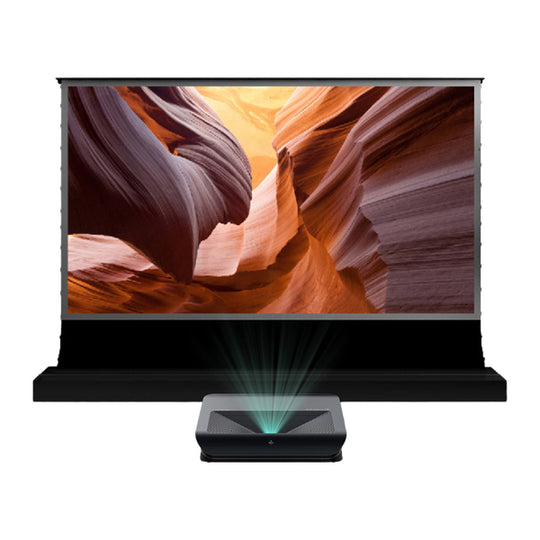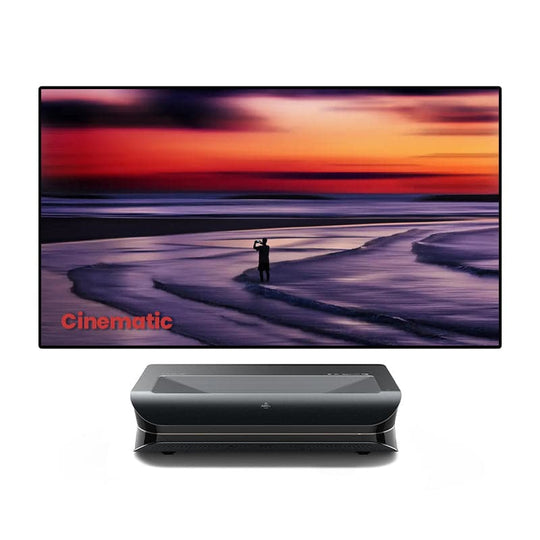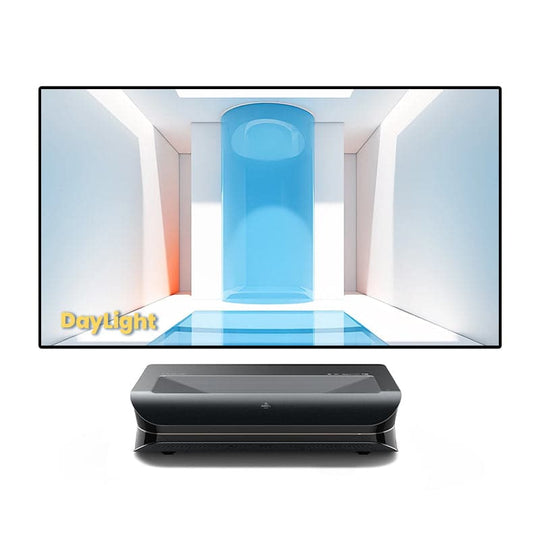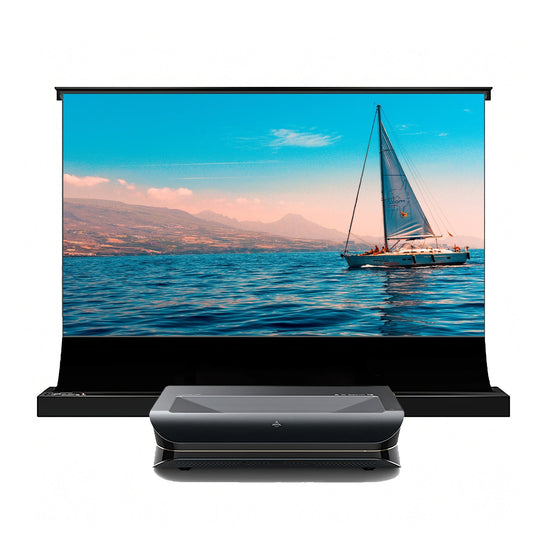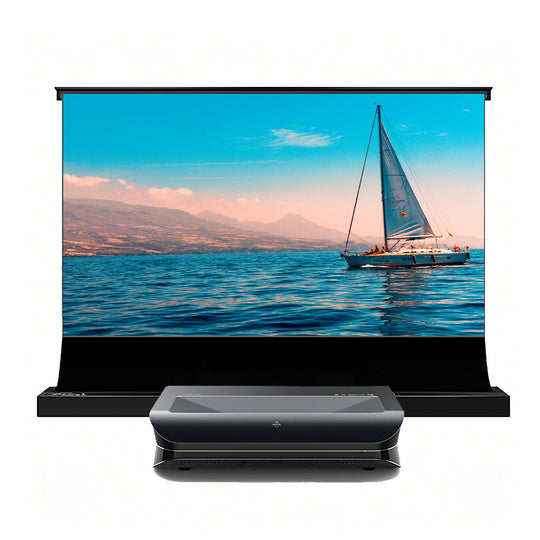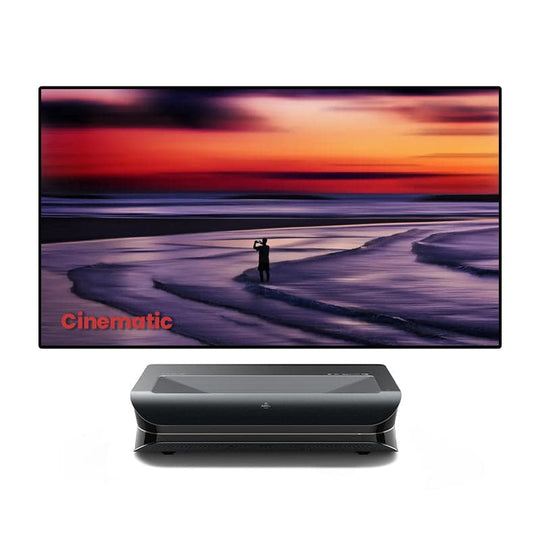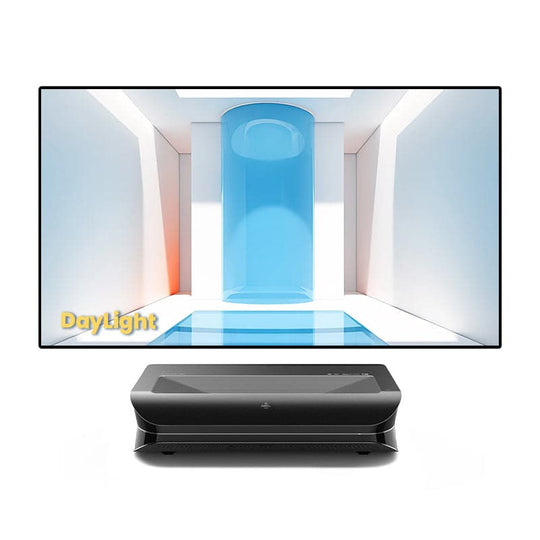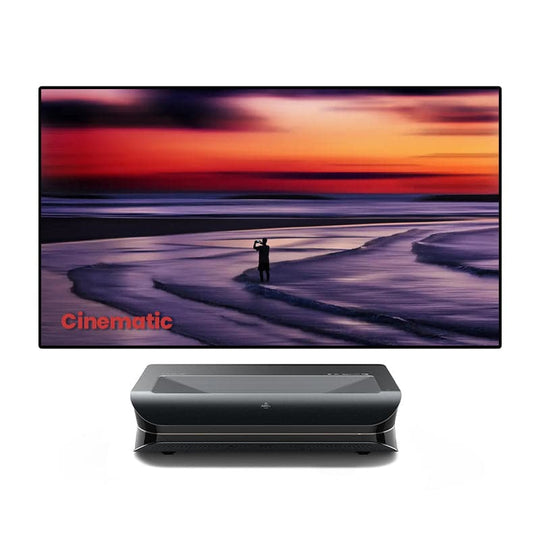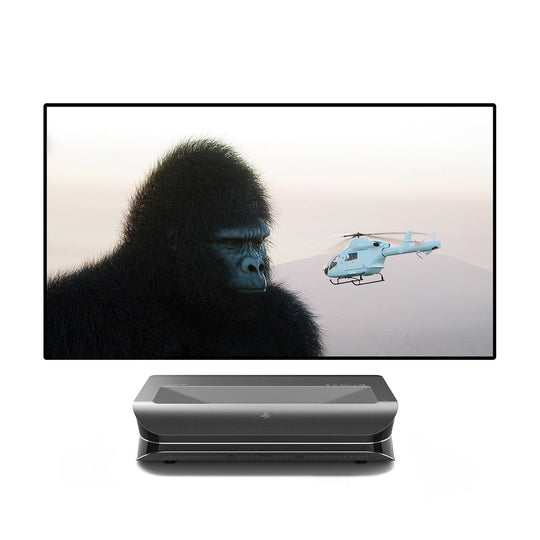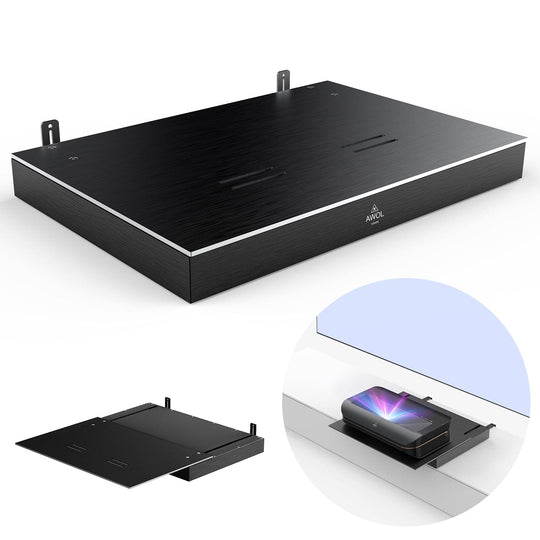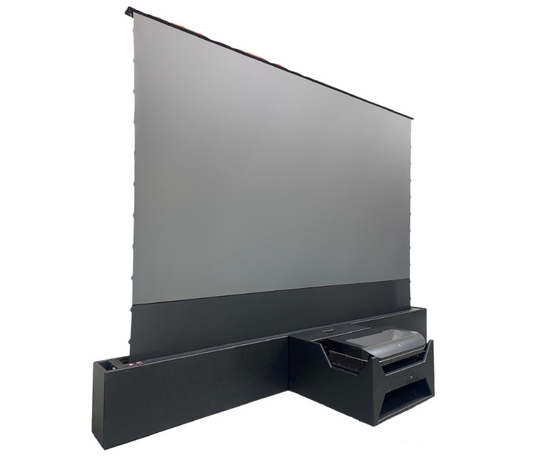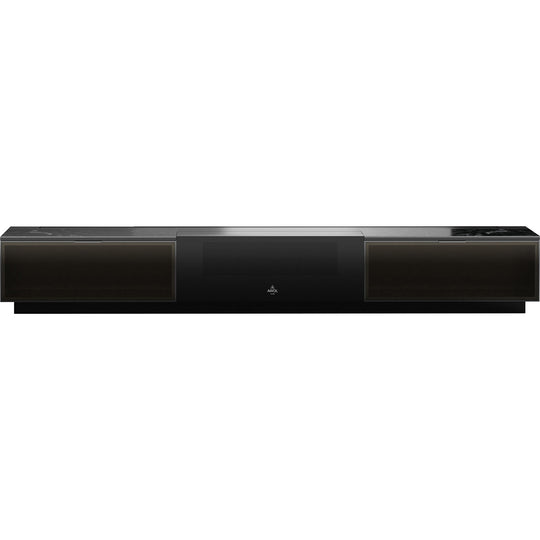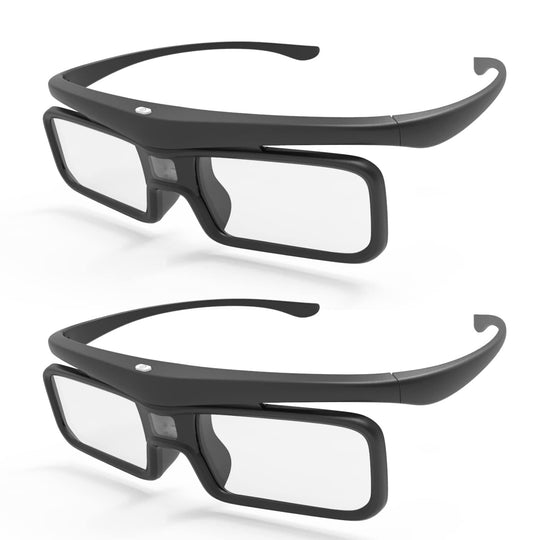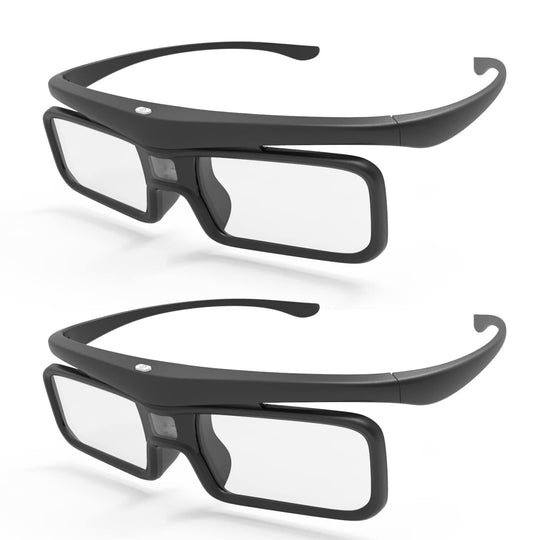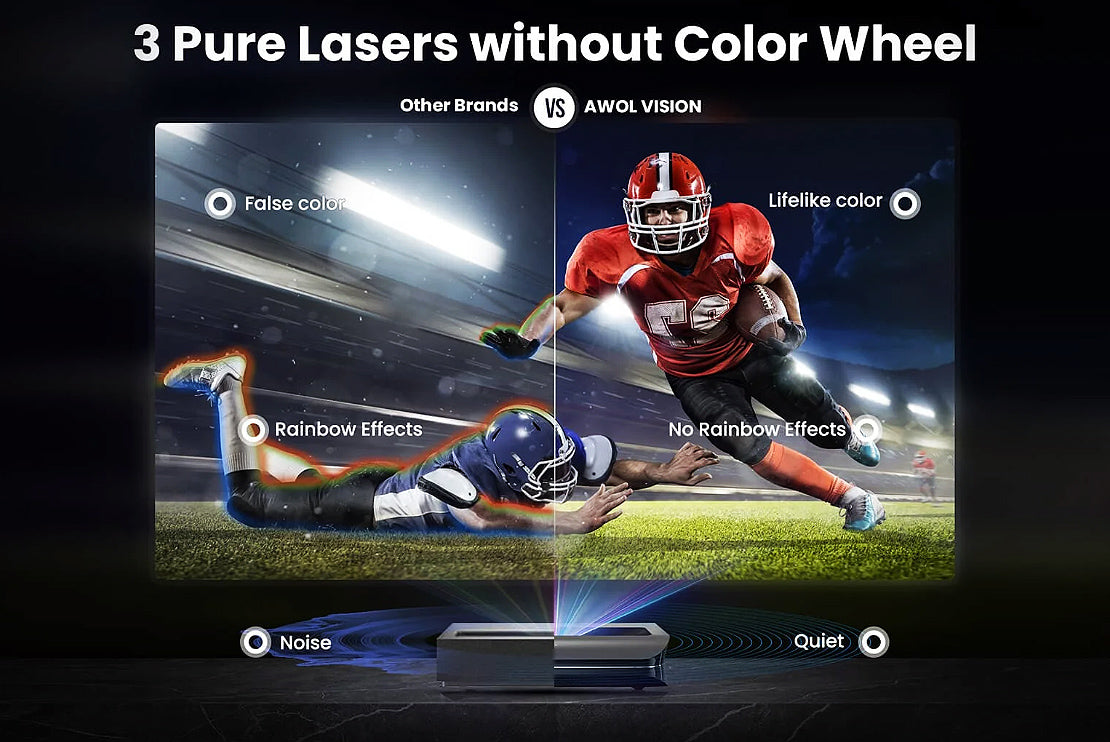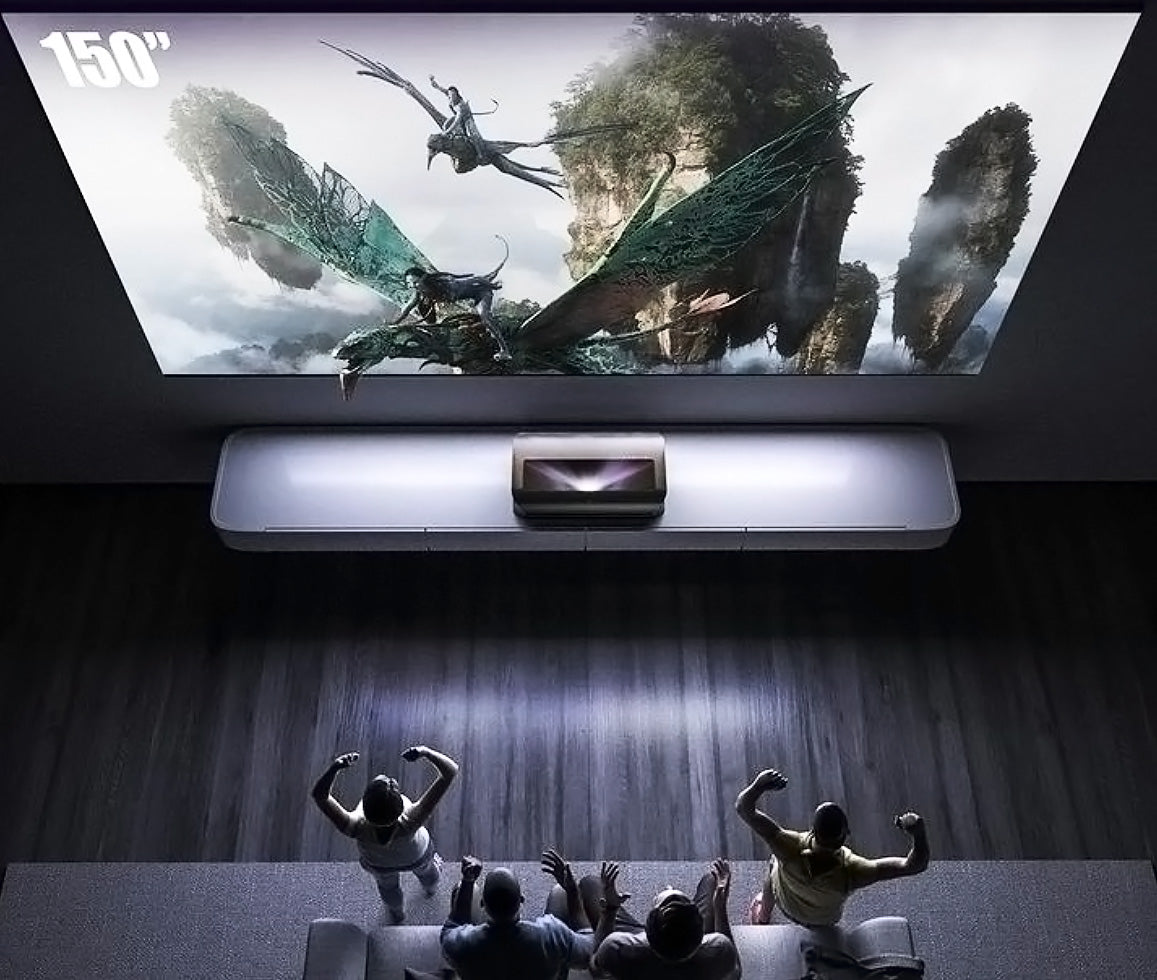All 3D-capable display devices produce images on a flat surface, that’s a fact. So how is it possible to see a 3D image on this flat surface?
Understanding the Stereoscopic 3D Technology
To understand the basics of the stereoscopic 3D technology, it is important to know how human vision works. Humans have two eyes which are normally about ~5 cm (3 inch) apart. This small distance allows each eye to perceive a slightly different perspective, which is then transmitted straight to our brain.

Through this process, the brain constructs a spatial 3D representation that perceives the three dimensions, width, height and finally the depth.
3D technology uses a similar principle to stimulate this depth perception in our brain. It achieves this by presenting each eye with a different image (images with different perspectives, as in reality), thus tricking the brain into believing a perception of depth that does not actually exist.

To create this illusion, the viewer wears special 3D glasses that separate the images and ensure that each eye receives the right image at the right time to reconstruct the 3D scene. We owe the idea of stereoscopic imaging to a great English inventor and photographer from the early 19th century: William Friese-Greene.
How it began
The introduction of stereoscopic 3D technology in home cinema began in the early 2010s. During this time, advances in display technology and content production made it possible to reproduce the 3D cinema experience at home. Major TV manufacturers began to launch 3D-capable televisions and more and more Blu-ray players capable of playing 3D content became available.
A notable milestone was the release of James Cameron's blockbuster "Avatar" in 2009, which demonstrated the real potential of 3D technology in cinemas.
This success sparked interest in bringing a similar experience into our homes. One by one, 3D-enabled televisions and Blu-ray players came onto the market, marking the beginning of the 3D revolution in home entertainment. 3D technology has revolutionized the way we experience movies in our own homes in general. It's as if we're bringing the magic of the movies into our living room.
However, it's important to note that while 3D technology experienced a surge in popularity for a few years, it then faced some challenges, such as the limited availability of content, the high cost of 3D movie equipment, and concerns about the discomfort of wearing 3D glasses for extended periods of time. As a result, interest in 3D home theaters has waned somewhat in recent years, and manufacturers have shifted their focus to other display technologies and features.
3D glasses: Active vs Passive 3D Glasses
There are two basic technologies of 3D glasses
Active 3D Glasses: These glasses contain electronic polarizer filters that synchronize with the TV or projector to alternately darken the lenses frame by frame. This process ensures that each eye receives the intended image frame at the correct time, creating the illusion of depth. The advantage of this technology is the creation of a great 3D depth of field compare to the passive glasses’ technology.
Passive 3D glasses: Passive glasses use polarized lenses to filter the images displayed on the screen so that each eye sees a slightly different perspective. They are simpler in design and do not require batteries or synchronization with the display device. The advantage of this technology is that it is more comfortable and easier to use than active glasses technology.
3D Formats
There are three basic formats on stereoscopic 3D technology.
Side-by-side (SBS): In this format, two separate stretched images for the left and right eye are displayed side by side in the same frame on the screen. The display device then separates these images and displays them as a single full frame by scaling them up to cover the entire picture frame. The maximum total resolution of the final image in this scenario is 1080p for a 3840X1080 content.
Top-and-bottom (TAB): Similar to side-by-side, but the two images are stretched and stacked on top of each other instead of being placed side-by-side. The maximum total resolution of the final image is lower than 720p and this the worst 3D format in terms of image quality.
Frame Packing: Also known as "full frame"," this format displays separate images for each eye in a single full frame. By doubling the frame rate, we can say that we perceive two different contents in terms of perspective, one for each of our eyes. This format is basically used by Blu-ray 3D disks and the final resolution of the image is standard 1080p.This format is the best in terms of image quality.
3D Today: Still an Unmatched Viewing Experience
The advent of Laser TV technology, particularly the AWOL Vision 3D Laser TV series which has basically ushered in the reintroduction of 3D, has brought us large and brilliantly lit 3D-capable cinema screens right into our living rooms. In addition, the highly anticipated release of James Cameron's second Avatar film, "The Way of Water" on 3D Blu-ray exactly 14 years after the premiere of the original Avatar, has given a new boost to 3D home cinema.
3D is reclaiming its status as a unique and outstanding form of entertainment for home theater owners. More and more enthusiasts are seeking out this immersive experience, and for good reason.
3D documentaries are captivating in their depth and three-dimensional perspective, offering an unparalleled and pleasure viewing experience. Watching 3D films, the viewer has the feeling of being immersed in the world imagined by the filmmakers and actively participating in it.
Watching 'The Martian' in 3D is a unique experience, for two hours you feel like you live on the red planet...

Optimizing Your 3D Experience: Selecting the Best Equipment
- For optimal 3D viewing, investing in a reliable Blu-ray 3D player is the key. Build your collection with 3D Blu-ray discs featuring a plethora of movies and documentaries available in the market at competitive prices. Additionally, alternative solutions include downloading or streaming 3D content directly from a media player or a computer. This provides flexibility and convenience, allowing users to access a wide range of 3D movies, documentaries, and other content without the need for physical discs.
- When it comes to display devices, selecting the right Laser TV projector tailored to your space and requirements is crucial. Factors like high brightness and a vibrant color palette significantly enhance the 3D viewing experience. The AWOL Laser TV series stands out as the top choice, particularly the AWOL LTV-3500pro with its solid brightness performance and its 3D optimized hardware offering unparalleled 3D viewing capabilities. With the ability to project screens up to 150 inches, it brings the revolution on 3D experience in the Laser TV market. The motto “Once you've experienced 3D on an AWOL Laser TV, there's no going back” is absolutely true.
Watching 3D on an AWOL is an unforgettable experience

- 3D glasses are the last piece you need to get it right, as comfort and performance can significantly affect the final 3D viewing experience. And this is where AWOL has ensured that its 3D glasses with DLP-Link technology offer outstanding performance and unparalleled comfort.
3D Content Sources
-A great library that you can explore all the 3D movies & documentaries available by year is the well know Wikipedia - https://en.wikipedia.org/wiki/Category:2024_3D_films
-A nice place for searching and buying 3D Blu-ray disks is the Blu-ray.com - https://www.blu-ray.com/3d/
-Another source for downloading 3D SBS movies in the highest quality (1080p) is the 3D-HD.club - https://3d-hd.club/
-If you own a powerful computer there is a special software that you can transform your movies or videos (even the family ones!) to 3D with great results with a lot of adjustable parameters by the user. This tool is the owl3d software - https://www.owl3d.com/
-Finally, there is a hardware device that can convert on the fly any 2D movie to 3D with great results. It is the 3D-Bee box - https://www.3d-bee.com/diamond/
Tips for Optimal 3D Viewing
Here are a few tips to help you get the most out of your 3D home theater experience:
-Make sure you sit at the right distance and angle to ensure optimal viewing (the closer to the center of the screen, the better the 3D realism effect).
-Dim the lights in your viewing area to avoid glare and distraction. When watching a 3D movie, you are part of the action, remember?
-Experiment with different 3D settings on your Laser TV to find the perfect balance between depth, color, brightness and comfort.
-Invest in high-quality 3D content, such as Blu-ray disks or streaming services that offer a wide range of 3D movies and documentaries in frame packing format, where possible.
-Choose the right 3D glasses for you so that they fit comfortably and meet your visual requirements even during prolonged use.
Conclusion
In summary, watching movies in 3D can significantly enhance the home theater experience, even with today’s standards. From action-packed blockbusters and classic Disney movies to breathtaking nature documentaries, 3D technology brings scenes to life with depth and realism, making you feel like you are part of the action.
With the right equipment and set-up, you can bring the real world into your living room and enjoy your favorite movies like never before. So, grab your 3D glasses, sit back and get ready to transport yourself to another dimension from the comfort of your own home.
AWOL Vision


